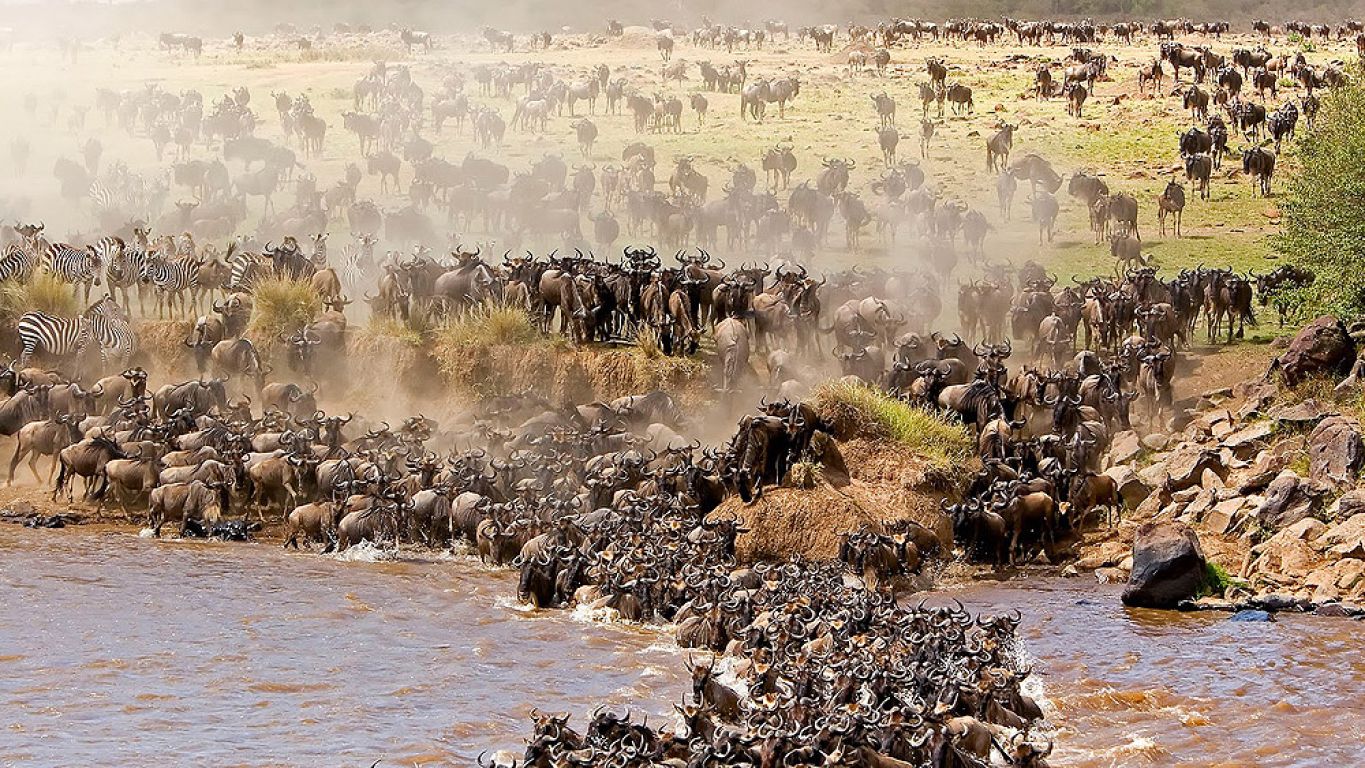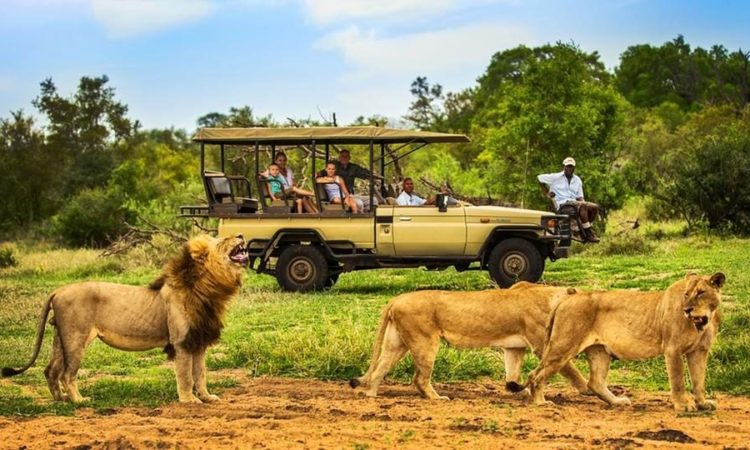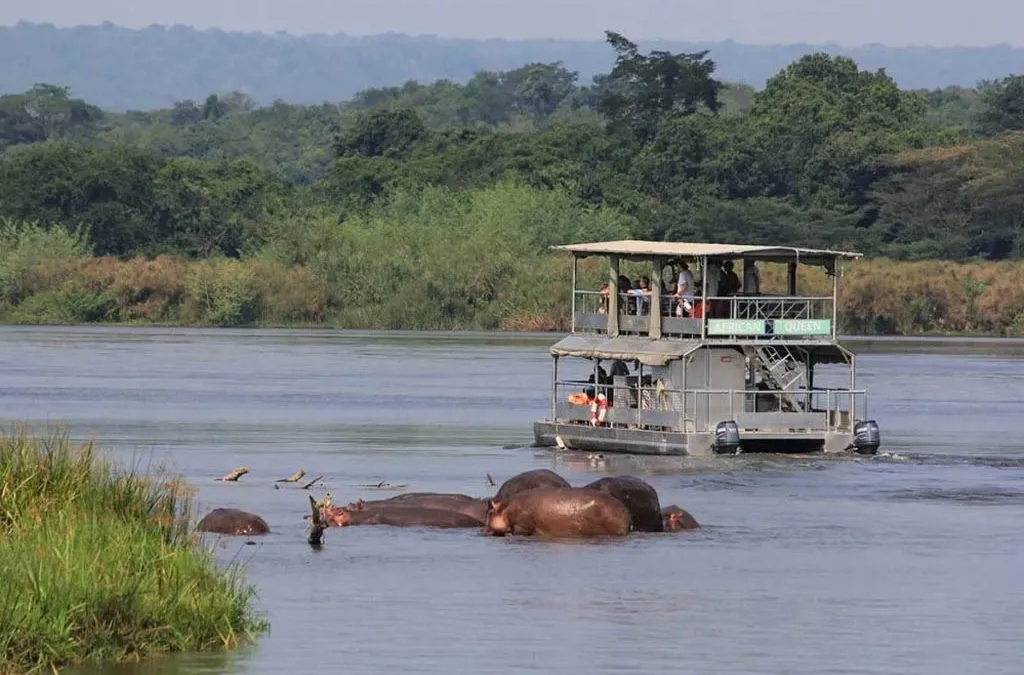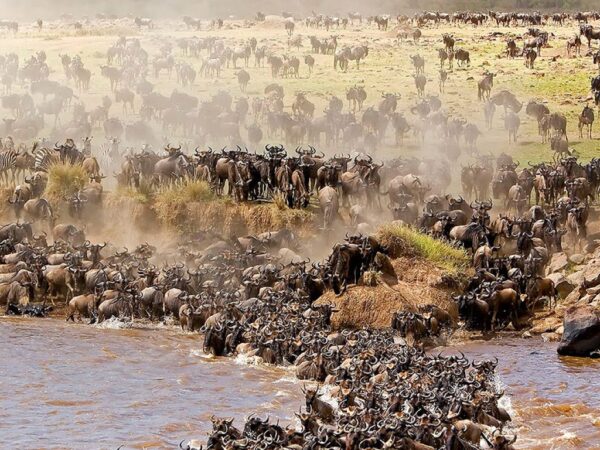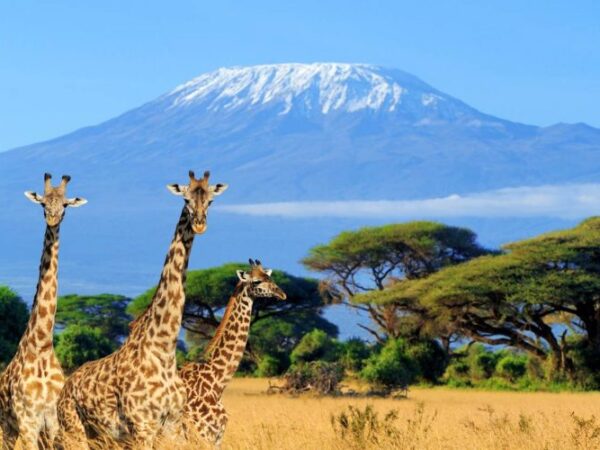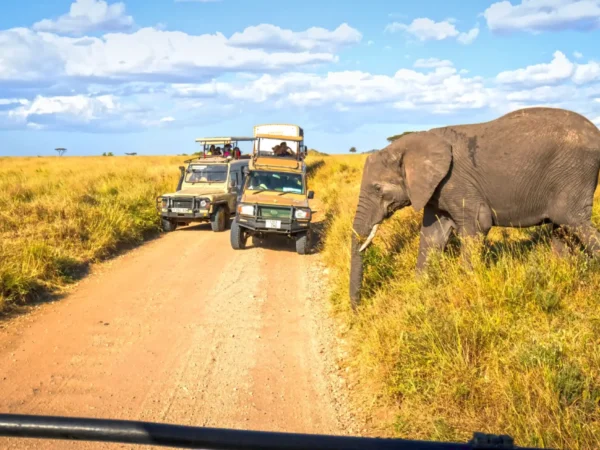Tanzania At A Glance
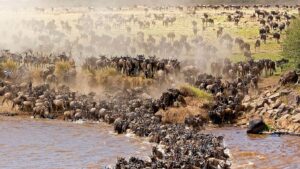 Tanzania is the largest country in East Africa and includes the islands of Zanzibar, Pemba, and Mafia. The country is spectacularly diverse and beautiful with exceptional wildlife and iconic landmarks such as the Ngorongoro Crater (the world’s largest unflooded intact volcanic caldera), Kilimanjaro (Africa’s tallest mountain), Great Rift Valley, and the Serengeti. The country supports very high predator densities, especially lion. In addition, it has no less than 35 species of antelope and a staggering number of wildebeest.
Tanzania is the largest country in East Africa and includes the islands of Zanzibar, Pemba, and Mafia. The country is spectacularly diverse and beautiful with exceptional wildlife and iconic landmarks such as the Ngorongoro Crater (the world’s largest unflooded intact volcanic caldera), Kilimanjaro (Africa’s tallest mountain), Great Rift Valley, and the Serengeti. The country supports very high predator densities, especially lion. In addition, it has no less than 35 species of antelope and a staggering number of wildebeest.
The traditional “Northern Circuit” boasts Tanzania’s most famous parks, including Tarangire National Park, Lake Manyara National Park, Ngorongoro Conservation Area, and Serengeti National Park. Other areas of interest include Lake Eyasi and Kilimanjaro.
Weather wise, the best time for viewing game in northern Tanzania is June through March. Late December through February and July and August are the busiest periods. April, May November is traditionally the rainy season. In addition, light rains usually fall between late October and early December. Flying directly into Kilimanjaro International Airport near the safari gateway of Arusha is the best starting point.
The landscape of Tarangire is characterized by large numbers of baobab trees, granite ridges, mixed acacia woodland, and grassland. It is the best area on the Northern Circuit to see lions in trees and large numbers of elephant. Lake Manyara is the seasonal home of tens of thousands of flamingos, providing a pink blanket over the water. This 125-square-mile park has the Great Rift Valley Escarpment for a dramatic backdrop. Lake Eyasi is Tanzania’s largest soda lake. Seldom visited by travellers, this remote area is home to the Hadzabe Bushmen and the Datoga tribe.
 Ngorongoro Crater, the largest unflooded, intact caldera (collapsed cone of a volcano) in the world, contains possibly the largest permanent concentration of wildlife in Africa. Wildlife, humans and livestock inhabit the conservation area together.
Ngorongoro Crater, the largest unflooded, intact caldera (collapsed cone of a volcano) in the world, contains possibly the largest permanent concentration of wildlife in Africa. Wildlife, humans and livestock inhabit the conservation area together.
The word Serengeti means “endless plain” in the Maasai language. This vast national park is one of the best to see lion and cheetah. And then, of course, there is the Great Migration of more than 1.3 million wildebeest and 400,000 zebra moving across the majestic plains.
At 19,340 feet above sea level, Kilimanjaro is the highest mountain in Africa and one of the “Seven Summits.” The summit is more than 16,000 feet above the surrounding plains – you truly feel that you’re on top of Africa! No mountaineering skills are required to ascend; it is purely a (rather strenuous) walk to the summit! It is definitely best to avoid the rainy season.
Two of the world’s largest and least visited national parks, Nyerere and Ruaha, lie lazily stretched in the country’s south. Scenically spectacular Ruaha triumphantly boasts the largest number of lion of any reserve in Africa, along with large numbers of elephant, buffalo, kudu, and wild dog. A big attraction of Nyerere (formerly Selous Game Reserve) is game viewing by boat as well as in open vehicles and on foot. By and large, the best months for game viewing are July to October.
The narrow streets and Arabic architecture of historical Zanzibar are exceptionally mystical and beautiful on a moonlit night. It is approximately a 1 to 1.5 hour drive to reach most of the island’s beach resorts from the Zanzibar Airport.
The Great Migration – Serengeti National Park
 The journey starts in Southern Serengeti when half a million wildebeest calves are being born between January and March. Predators like lions and hyenas are constantly hunting for babies, and thousands and thousands of calves are born within a couple weeks of each other – a feast for the eyes of true wildlife enthusiasts.
The journey starts in Southern Serengeti when half a million wildebeest calves are being born between January and March. Predators like lions and hyenas are constantly hunting for babies, and thousands and thousands of calves are born within a couple weeks of each other – a feast for the eyes of true wildlife enthusiasts.
When the drought comes in May, the roughly two million wildebeest herd moves north, towards the Masai Mara in Kenya, chomping down the high green grass, quickly followed by the gazelles and zebras. The migration is not without risk: crossing rivers means facing about 3,000 crocodiles, patiently waiting for a kill. Not to mention the famous Serengeti lion population: by far the largest in Africa. Despite the abundance of hoofed meat in this area, life is not easy for these big cats in this unforgiving landscape. But seeing a group of lions collaborating to hunt down a wildebeest is an unforgettable sight.
Then, with the beginning of the short rains in late October, the migration makes its way back into the Serengeti. By December, the herds trek past Seronera – a small settlement in central Serengeti where the official Serengeti Visitors’ Centre is located – to return to their calving grounds again, and the circle is complete.
It is a matter of choice whether you would like to plan your Serengeti safari around the Great Migration. We have mentioned earlier that the Serengeti is a year-round destination as it covers a vast area and offers unparalleled wildlife viewing. Chances that you will be at the exact spot of the Great Migration herd crossing a river (either at the Grumeti or Mara River) are very slim. Also, the timing of herd movements cannot be guaranteed. However, if you choose the right part of the Serengeti: the southeast and Ndutu from December through to May, the Western Corridor from May to July, the Serengeti Mara area from July through to October, and the northern Serengeti and Lobo area in October and November, large herds of wildebeest and their entourage should be easily located.
The World's Largest Intact & Unfilled Volcanic Caldera - The Ngorongoro Crater
 It is the world’s largest intact and unfilled volcanic caldera, formed when a giant volcano exploded and collapsed millions of years ago. The Ngorongoro Crater is a UNESCO World Heritage Site and is about 20 kilometres (12.5 miles) wide and 600 meters (2,000 feet) deep.
It is the world’s largest intact and unfilled volcanic caldera, formed when a giant volcano exploded and collapsed millions of years ago. The Ngorongoro Crater is a UNESCO World Heritage Site and is about 20 kilometres (12.5 miles) wide and 600 meters (2,000 feet) deep.
The Ngorongoro Crater has a unique ecosystem due to its fertile volcanic soil and is often referred to as “the Garden of Eden”. The crater floor is home to a high concentration of diverse wildlife (over 25, 000) including the “Big Five”: elephants, buffaloes, rhinos, lions, and leopards. Other animals found in the crater include hippos, hyenas, warthogs, zebras, elands, gazelles, and wildebeests.
The best time to visit the Ngorongoro Crater is during the dry season (June to October), when the grass is short and wildlife viewing is easier.
The Highest Mountain in Africa - Mt. Kilimanjaro
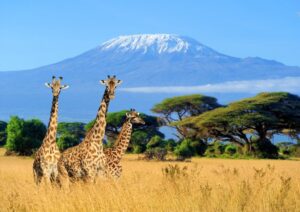 At 19,340 ft above sea level, Kilimanjaro is the highest mountain in Africa. What’s more, because it juts more than 16,000 ft above the surrounding plains, its summit offers one of the most breathtaking sights in the entire world. Ascending Kilimanjaro from mid-December through mid-march or June until October will maximize your chances of an unobscured view.
At 19,340 ft above sea level, Kilimanjaro is the highest mountain in Africa. What’s more, because it juts more than 16,000 ft above the surrounding plains, its summit offers one of the most breathtaking sights in the entire world. Ascending Kilimanjaro from mid-December through mid-march or June until October will maximize your chances of an unobscured view.
This Tanzanian mountain offers 7 different ascents that require no mountaineering skills. Each offers varying levels of difficulty, quality of scenery, foot traffic and amount of time for altitude acclimation. Because a mountain crew takes care of everything, a climber needs to only focus on summiting. This means you can prioritize acclimating yourself and observing the unique climatic zones and their accompanying flora and fauna.
The Paradise Island – Zanzibar
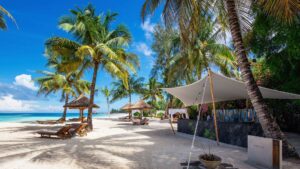 At 19,340 ft above sea level, Kilimanjaro is the highest mountain in Africa. What’s more, because it juts more than 16,000 ft above the surrounding plains, its summit offers one of the most breathtaking sights in the entire world. Ascending Kilimanjaro from mid-December through mid-march or June until October will maximize your chances of an unobscured view.
At 19,340 ft above sea level, Kilimanjaro is the highest mountain in Africa. What’s more, because it juts more than 16,000 ft above the surrounding plains, its summit offers one of the most breathtaking sights in the entire world. Ascending Kilimanjaro from mid-December through mid-march or June until October will maximize your chances of an unobscured view.
This Tanzanian mountain offers 7 different ascents that require no mountaineering skills. Each offers varying levels of difficulty, quality of scenery, foot traffic and amount of time for altitude acclimation. Because a mountain crew takes care of everything, a climber needs to only focus on summiting. This means you can prioritize acclimating yourself and observing the unique climatic zones and their accompanying flora and fauna.
Achieve memorable experiences by seeing many beautiful tour destinations in Zanzibar such as prison island tours, stone town tours, safari blue tours, spice tours, dolphin tours, Jozani Forest National Park, Mnemba Island tours, Ngwi Natural Aquarium, etc. involve yourself in unforgettable tour activities of diving and snorkeling, horseback riding, local fishing, skydiving, and many such activities during your Zanzibar day tours journey.
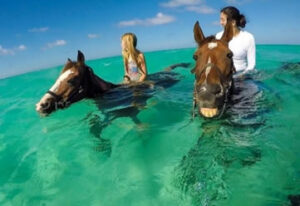 Mnemba Island was ranked #1 Best Beach Destination in Africa by trip savvy and is well known for the excellent clarity of its waters ( for this area of the Indian Ocean). Mnemba Island is an atoll set just off the northeast coast near Matemwe. Snorkling at Mnemba is stunning, on the inside it’s like being in a giant aquarium and the outside offers excellent wall and drift dives. The island itself is a breeding ground for turtles and they are often seen gliding by along with dolphins, huge groups of fish, whale sharks and humpbacks when in sea
Mnemba Island was ranked #1 Best Beach Destination in Africa by trip savvy and is well known for the excellent clarity of its waters ( for this area of the Indian Ocean). Mnemba Island is an atoll set just off the northeast coast near Matemwe. Snorkling at Mnemba is stunning, on the inside it’s like being in a giant aquarium and the outside offers excellent wall and drift dives. The island itself is a breeding ground for turtles and they are often seen gliding by along with dolphins, huge groups of fish, whale sharks and humpbacks when in sea
SAFARIS IN TANZANIA
Login to use
Login to use
Login to use
Login to use


